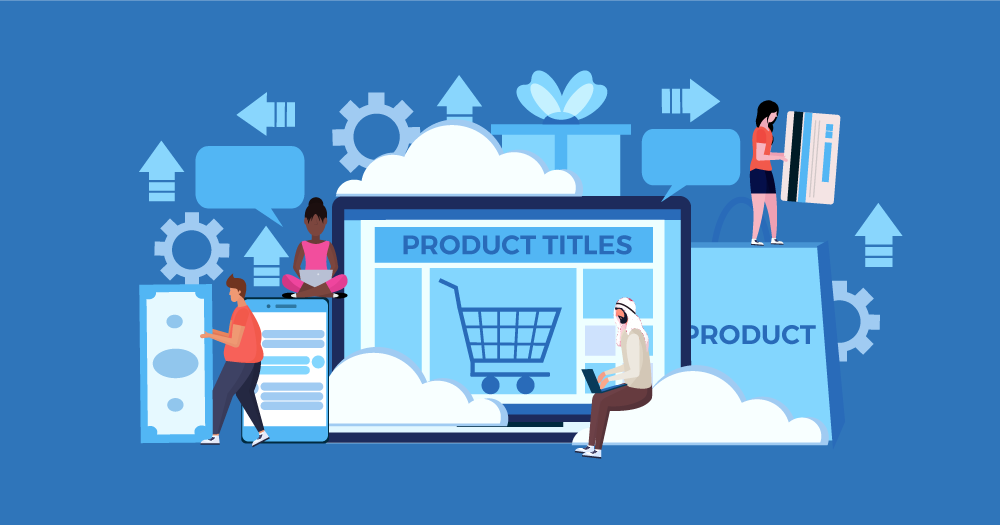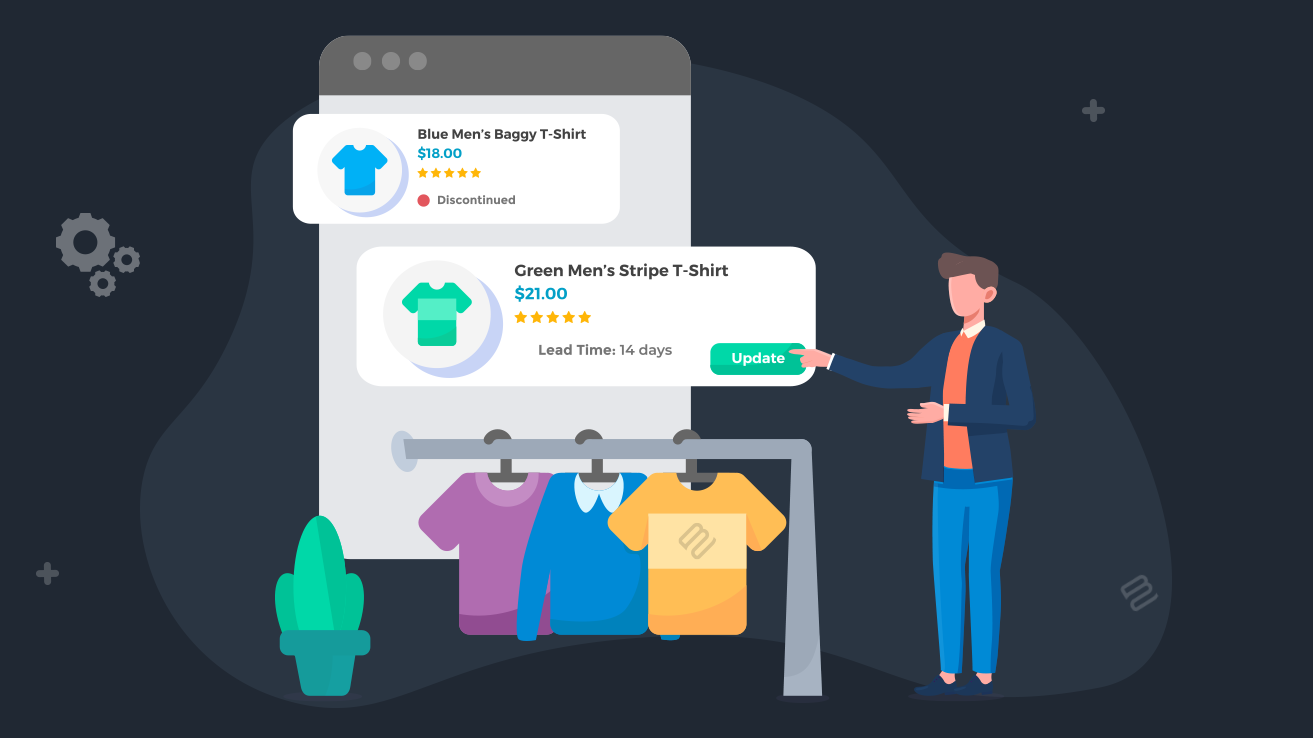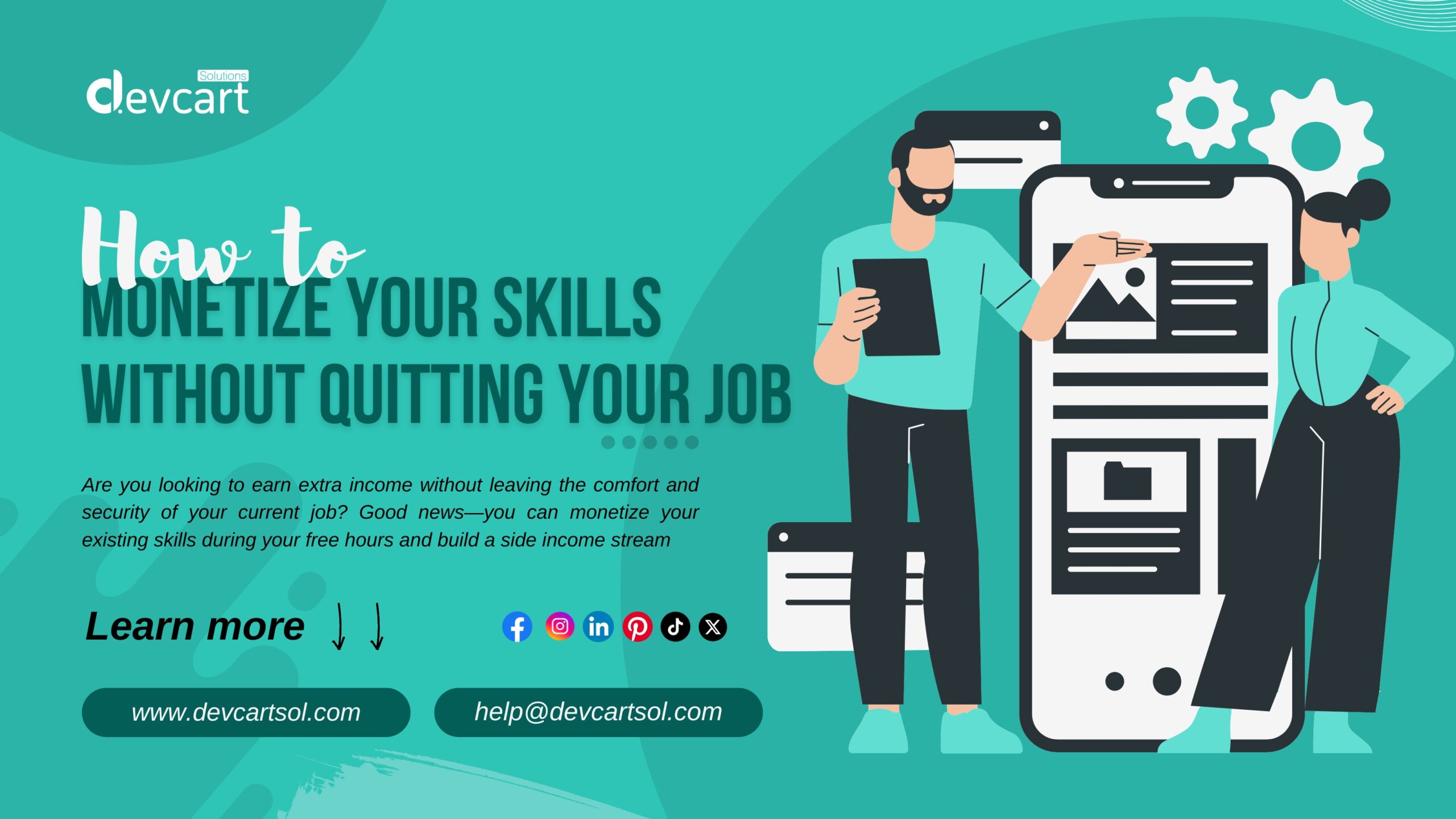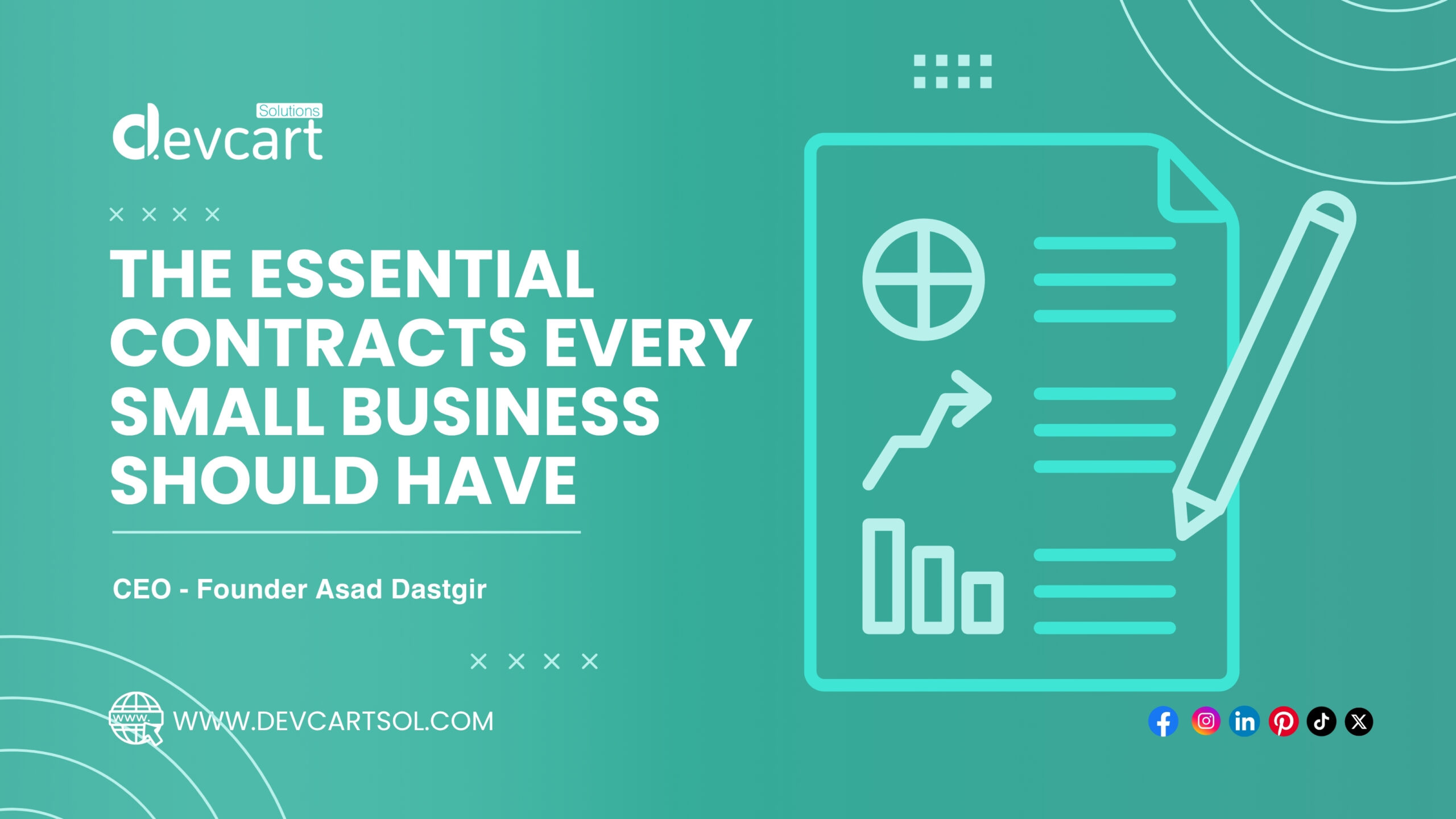Introduction
Your product pages are the final battleground where browsing turns into buying. A poorly optimized product page can scare away even the most interested buyer. But a well-crafted, conversion-focused product page can turn casual visitors into loyal customers. In this blog, we’ll walk you through actionable strategies to optimize your product pages for maximum conversions — turning clicks into revenue.
1. Craft Compelling Product Titles
Your product title should be clear, specific, and include relevant keywords. It’s one of the first things users see and affects SEO as well. Avoid vague titles — make sure it describes exactly what the product is.
Example:
❌ “T-Shirt”
✅ “Men’s Slim Fit Cotton T-Shirt – Black”

2. Use High-Quality Images and Videos
Visuals sell. Invest in professional, high-resolution photos showing different angles, uses, and close-ups. Incorporate product videos for added engagement — show the product in action or give a 360-degree view.
Tips:
- Use a white background.
- Include zoom and hover features.
- Add lifestyle photos (the product being used).
3. Write Persuasive, Benefit-Driven Descriptions
Go beyond just listing features — highlight benefits. Address how the product solves a problem or enhances life.
Instead of this:
“Contains 16GB RAM and 512GB SSD.”
Try this:
“Multitask effortlessly with 16GB RAM and boot up in seconds thanks to the ultra-fast 512GB SSD.”
Use bullet points for quick readability and include keywords for SEO.
4. Incorporate Social Proof and Reviews
Shoppers trust other customers more than brands. Display genuine reviews, testimonials, and star ratings prominently.
Pro tip:
Use a review plugin that supports photos and verified buyer badges to increase credibility.

5. Optimize Call-to-Action (CTA) Buttons
Make your CTA buttons visible, bold, and action-oriented. Use contrasting colors and compelling text like:
- “Add to Cart”
- “Buy Now”
- “Get Yours Today”
Avoid: “Submit” or “Click Here”
6. Simplify the Page Layout
Keep the layout clean and free of distractions. Place the most important info (title, price, CTA, reviews) above the fold. Minimize clutter to help customers focus on buying.
7. Show Trust Signals
Trust elements increase buyer confidence. Include:
- Money-back guarantees
- Secure checkout badges
- Free shipping offers
- Return policies
These reduce purchase anxiety and boost conversions.

8. Enable Fast Load Times & Mobile Optimization
Speed and mobile usability are critical. Over 60% of online shopping happens on mobile devices.
Checklist:
- Compress images
- Minimize scripts
- Use responsive design
- Test your page speed with tools like Google PageSpeed Insights
9. Display Stock Levels and Urgency
Use psychological triggers like scarcity and urgency to push users toward action.
Examples:
- “Only 3 left in stock!”
- “Order in the next 2 hours for same-day shipping.”

10. A/B Test Everything
Test different headlines, images, CTAs, and layouts regularly. What works for one product or audience may not work for another. Use tools like Google Optimize or Optimizely to track results and make data-driven decisions.
Conclusion
Your product pages are your digital salespeople. By optimizing them thoughtfully — from visuals and descriptions to CTAs and mobile responsiveness — you can dramatically improve conversions and grow your revenue. Start by testing one change at a time, and let the data guide you to the perfect product page formula.
















